Table of content
Cooking duck can be an exhilarating culinary experience, but achieving a dish that is both delicious and devoid of any fishy or gamey aroma can pose a challenge, even for seasoned chefs. Duck, with its rich, fatty texture and distinct flavor, requires careful handling and a thoughtful approach to ensure it turns out moist, tender, and absolutely mouthwatering. This guide delves into the intricacies of preparing duck, offering tips, techniques, and recipes to help you cook duck perfectly, transforming it into a dish that is not only flavorful but also free from any unwanted odors.
Understanding Duck Meat
Before diving into the cooking process, it’s crucial to understand the unique characteristics of duck meat. Duck is darker and fattier than chicken or turkey, which contributes to its robust flavor and tendency to develop strong aromas if not cooked properly. The skin, in particular, is laden with fat that can render out during cooking, creating both a crispy exterior and a juicy interior if managed correctly. However, this fat can also be a source of unwanted odors if not adequately dealt with.
Selecting the Right Duck
The first step in crafting a delicious and odorless duck dish is selecting the right bird. Look for ducks that are plump and have firm, moist flesh. Freshness is key; ideally, choose a duck that has been recently slaughtered and has not been frozen for too long. Free-range or organic ducks often have a superior taste and texture due to their diet and living conditions.
Preparing the Duck
-
Thawing and Trimming:
If you’re using a frozen duck, thaw it in the refrigerator overnight. Once thawed, pat the duck dry with paper towels to remove any excess moisture. Trim any excess fat from the cavity and around the neck area. This not only helps reduce the fat content but also minimizes the potential for off-putting odors. -
Scoring the Skin:
Use a sharp knife to make diagonal cuts (scores) in the duck’s skin, being careful not to cut into the flesh. This allows the fat to render out more effectively, resulting in a crispier skin.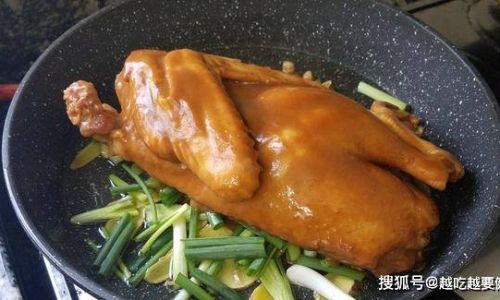
-
Seasoning:
Season the duck generously with salt and pepper. You can also use a blend of herbs and spices such as thyme, rosemary, garlic, and orange zest to enhance its flavor. Rub the seasonings into the skin and under the skin for maximum flavor penetration.
Cooking Techniques
Roasting
Roasting is a classic method for cooking duck, and with the right technique, it can yield a beautifully golden, crispy exterior and a juicy, tender interior.
-
Preheat the Oven:
Preheat your oven to 375°F (190°C). Place the duck breast-side up on a rack in a roasting pan. This allows the fat to drip away from the meat, promoting crispiness.
-
Initial Sear:
Before roasting, sear the duck in a hot oven or on a stovetop grill for about 5-7 minutes on each side. This helps to set the skin and start the rendering process. -
Roasting Time:
Roast the duck for about 1 hour and 15 minutes to 1 hour and 30 minutes, depending on its size. Use a meat thermometer to check for doneness; the internal temperature should reach 165°F (75°C). -
Resting:
Once done, let the duck rest for 10-15 minutes before carving. This allows the juices to redistribute, ensuring each bite is juicy and flavorful.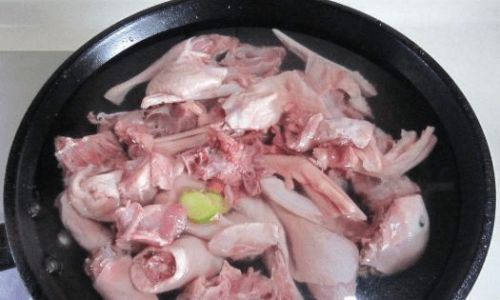
Confit or Preserved Duck
Confit is a French technique where duck is slowly cooked in its own fat, resulting in a tender, flavorful meat that can be stored for later use. This method also helps to mitigate any unwanted odors.
-
Rendering Fat:
Separate the duck fat from the meat and render it in a pot over low heat until clear. Strain out any impurities. -
Cooking the Duck:
Cut the duck into pieces or confit whole, depending on your preference. Submerge the duck in the rendered fat and cook slowly over low heat until tender. This can take several hours.
-
Storing:
Once cooked, let the confit cool and store it in an airtight container in the refrigerator. The duck can be used for various dishes, such as stews or salads, over an extended period.
Additional Tips for Odorless Duck
-
Marinating:
Marinating the duck in a mixture of acidic ingredients like vinegar, lemon juice, or wine can help neutralize unwanted odors. Let it marinate for at least 2 hours, preferably overnight. -
Deglazing:
After searing the duck, deglaze the pan with a liquid such as wine, broth, or citrus juice. This helps to capture the flavorful browned bits on the bottom of the pan while also minimizing any lingering odors.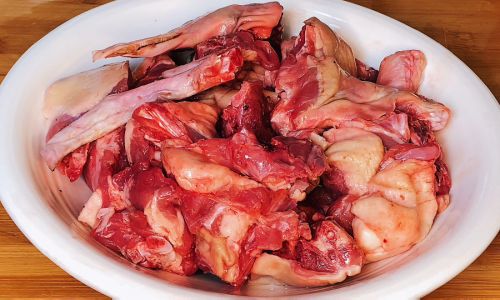
-
Serving Suggestions:
Pair your duck with strong flavors that can stand up to its richness, such as sauces made with red wine, berries, or hoisin sauce. Fresh herbs like cilantro, parsley, or mint can also brighten the dish and mask any residual odors.
Conclusion
Cooking duck to perfection, ensuring it’s delicious and free from any unwanted odors, is an art that requires patience, precision, and a keen understanding of the meat’s unique properties. By following the tips and techniques outlined in this guide, you’ll be well-equipped to tackle even the most challenging duck recipes, transforming this often-intimidating ingredient into a culinary masterpiece. Whether you’re roasting, confiting, or experimenting with other cooking methods, remember that the key to success lies in careful preparation, thoughtful seasoning, and a willingness to experiment until you find what works best for your palate. Happy cooking!


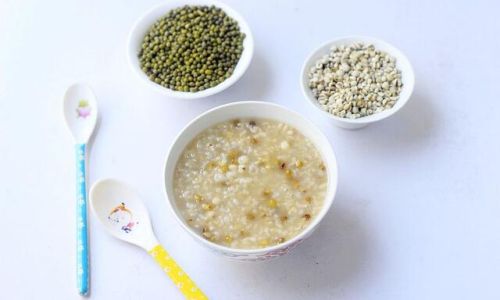
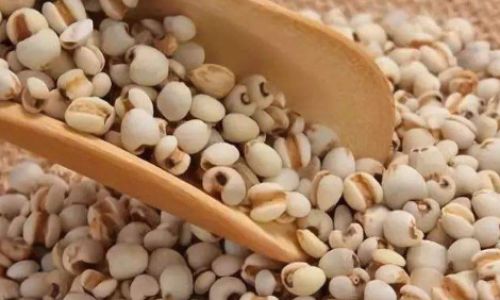
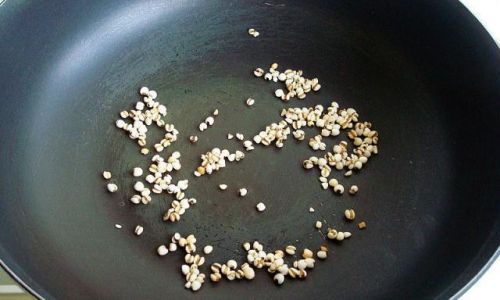
0 comments